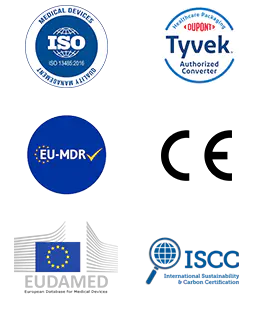1. Material selection and sterilization compatibility
The value of a sterilization flat reel is mainly reflected in the careful design of its multi-layer composite structure. Medical-grade reels are generally composed of 3-5 layers of functional films, including a polypropylene (PP) or polyethylene (PE) heat-sealing layer, a special adhesive layer, a barrier polymer layer (such as polyamide), and a printed surface layer. This composite structure creates good barrier properties, with a water vapor transmission rate (WVTR) as low as 0.5g/m²/24h and an oxygen transmission rate (OTR) of less than 50cm³/m²/24h, providing long-term effective protection for the contents of the package. In addition, the materials are selected and proportioned to ensure compatibility with various sterilization methods (such as ethylene oxide, steam, gamma rays, etc.), and no harmful substances are generated or performance deteriorates during the sterilization process.
Surface treatment technology further enhances the functionality of the reel. Corona treatment or plasma treatment can increase the polymer surface energy to more than 38dyn/cm, improving printability and heat sealing performance. Antistatic coating reduces static electricity accumulation during the production process and avoids attracting environmental particulate pollution. Although these surface modification technologies increase manufacturing costs, they improve the overall safety and reliability of the packaging system and are suitable for the packaging of implantable high-end medical devices.
2. Manufacturing and quality control system
The performance of sterilized flat reels is inseparable from the high-precision extrusion coating production process. The multi-layer co-extrusion production line accurately compounds polymer materials with different functions in a molten state. The online thickness monitoring system (such as a beta-ray thickness gauge) provides real-time feedback and adjustment to ensure the uniformity of the reel material and control the thickness deviation within ±3%. This precision manufacturing not only ensures product performance, but also optimizes the use of materials, keeping the scrap rate below 0.5%, which is lower than the scrap rate of traditional packaging materials.
3. Sterilization verification and packaging integrity
The value of sterilized flat reels is reflected in their sterilization adaptability. The validated sterilization reels can withstand high-temperature steam sterilization at 134°C for up to 30 minutes, or gamma irradiation at a dose of 25-50kGy without delamination, embrittlement or performance degradation. The material formulation has been specially optimized, and the residual content after ethylene oxide (EtO) sterilization is less than 4μg/cm², which is a low standard requirement. This wide sterilization compatibility enables the same reel material to adapt to the sterilization equipment and processes of different medical institutions, improving the flexibility of the supply chain.
Packaging integrity testing is a necessary step to verify the sterilization effect. The dye penetration test (ASTM F1929) detects tiny channels in the sealing area to ensure that it can block the invasion of microorganisms. The bubble test (ASTM D3078) immerses the package in water and applies air pressure to observe whether continuous bubbles are generated to verify the integrity of the seal. The accelerated aging test evaluates the material's ability to maintain performance after long-term storage. Data shows that the sterility assurance level (SAL) of devices packaged with qualified sterilization reels can still be maintained at 10⁻⁶ level within the 5-year validity period, fully demonstrating its long-term reliability.

 English
English Français
Français Deutsch
Deutsch Nederlands
Nederlands


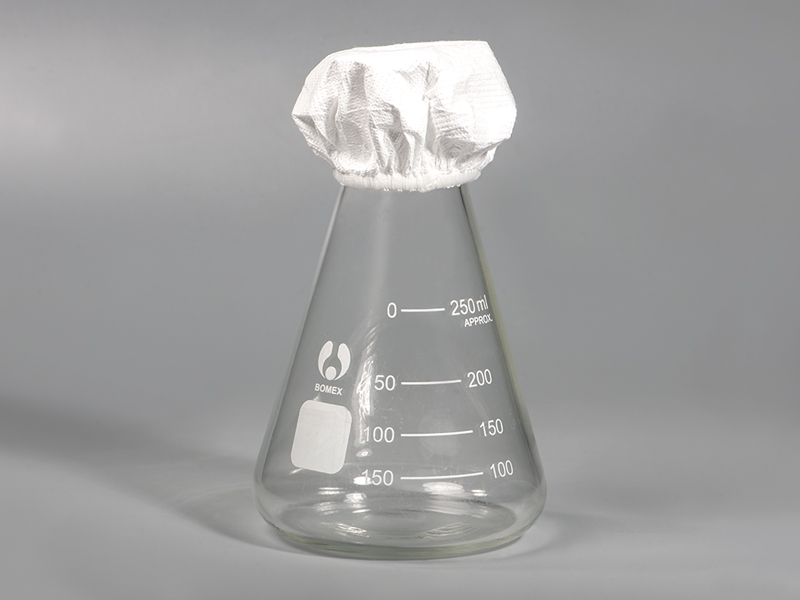



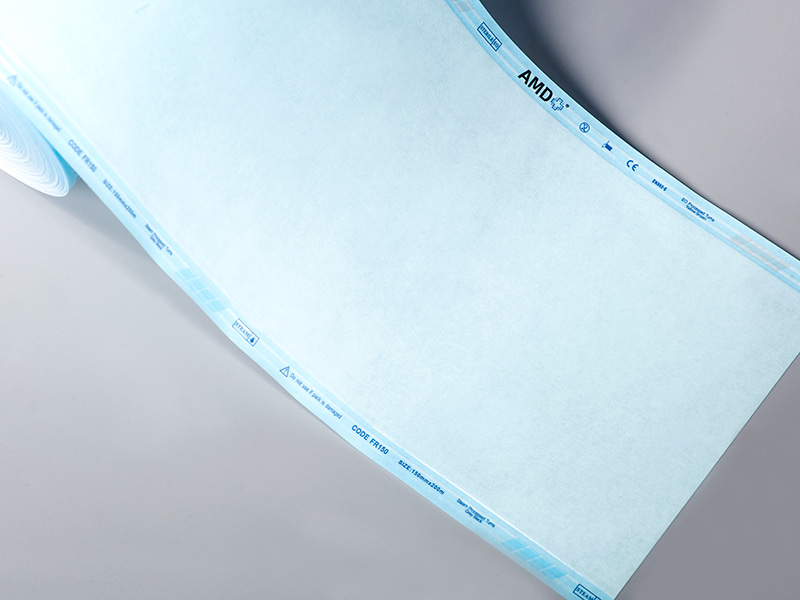
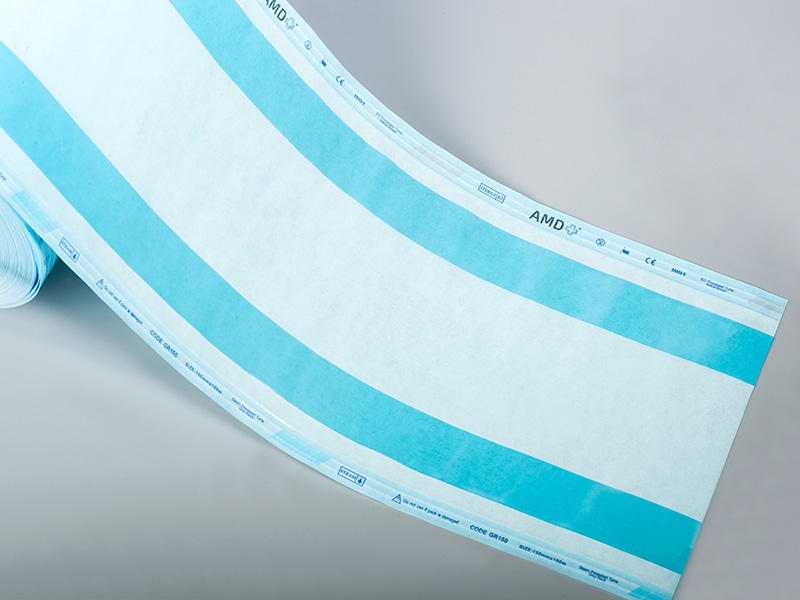
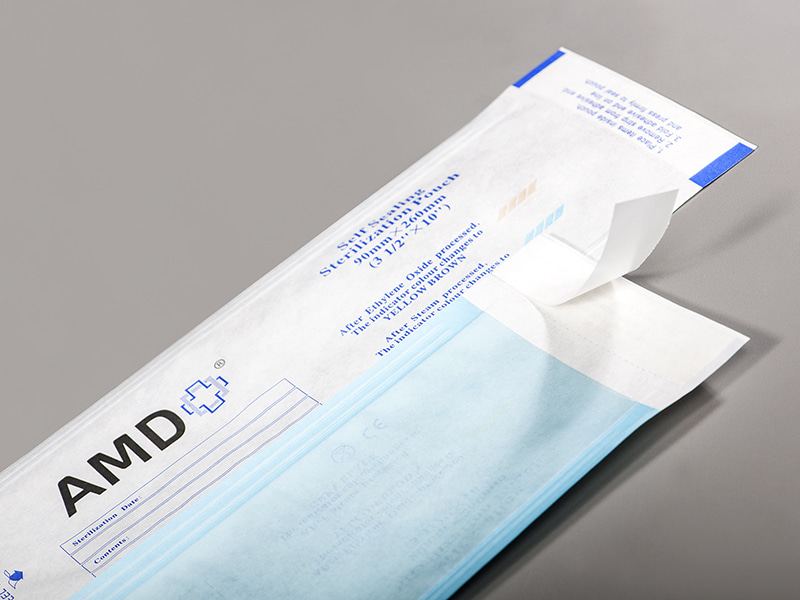
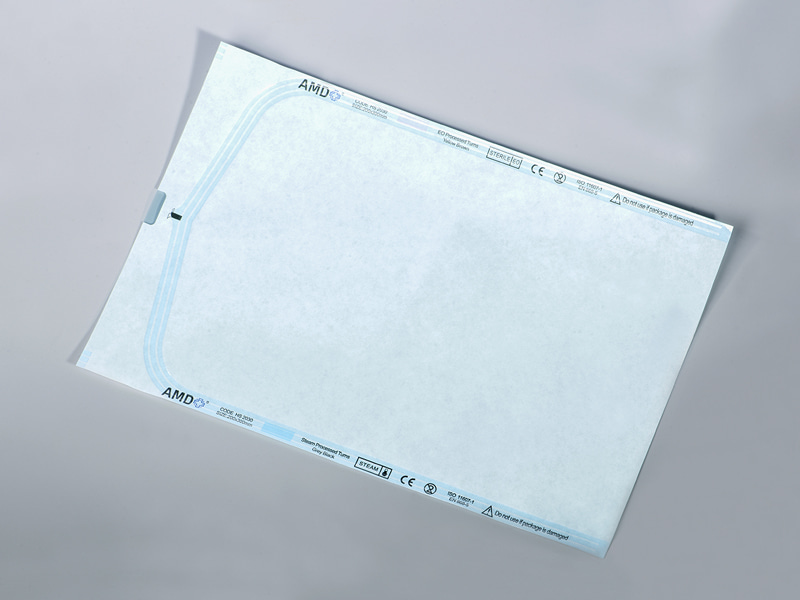
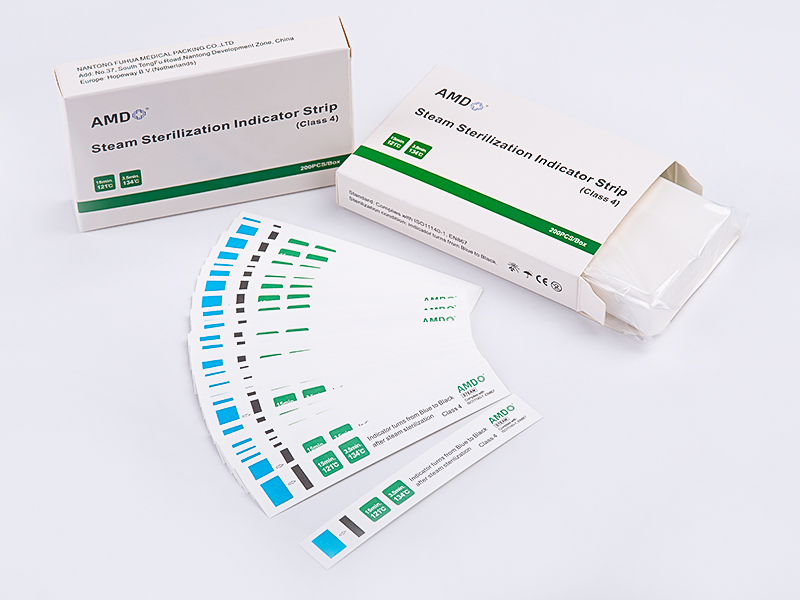
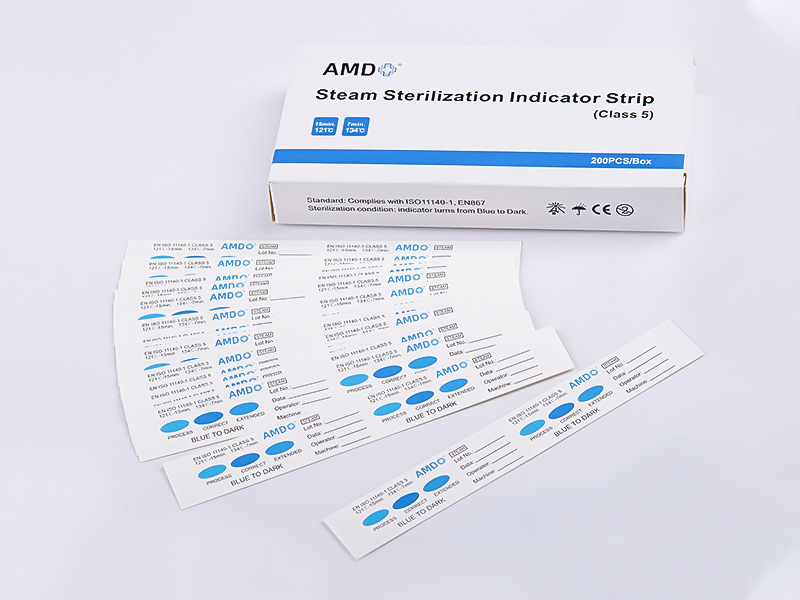

 ‘s-Gravenweg 542, 3065SG RotterdamThe Netherlands
‘s-Gravenweg 542, 3065SG RotterdamThe Netherlands
 +31 (0)10 254 28 08
+31 (0)10 254 28 08
